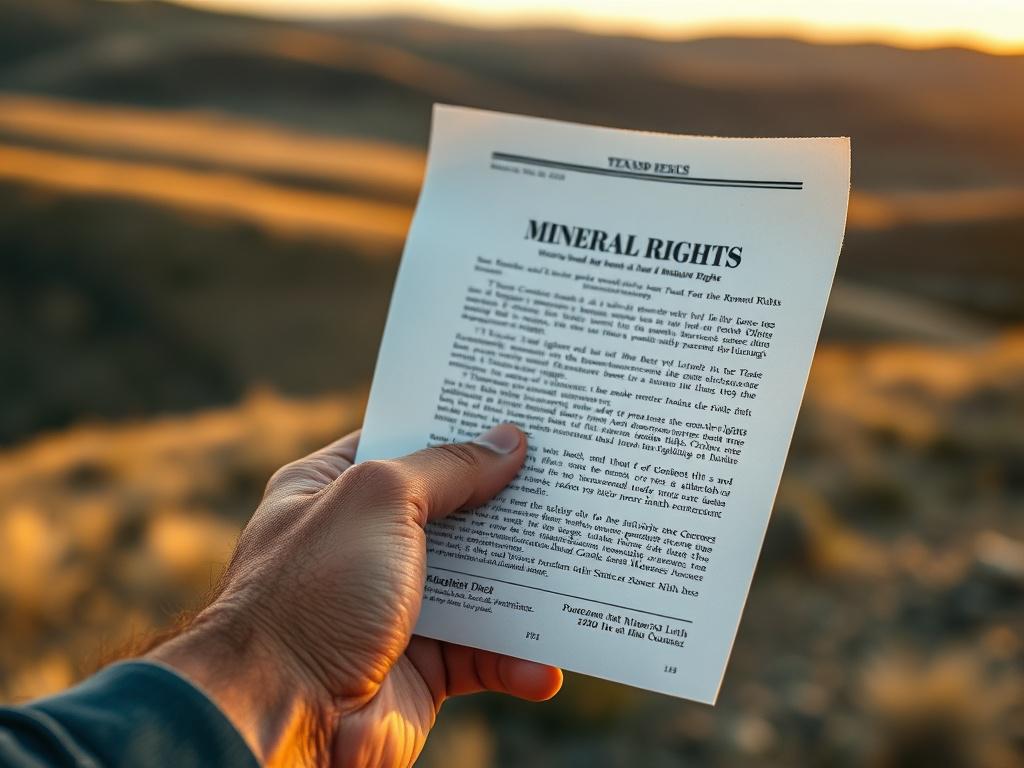
There’s Texas, and then there’s Texas—the state that doesn’t just drill for oil, it practically breathes it. While other states dabble in energy, Texas dominates. But why? Why is Texas the reigning heavyweight in mineral rights ownership? The answer lies in a rare and powerful mix: geology, law, history, and culture—all colliding beneath the surface.
Let’s start underground. Texas is built on black gold. The Permian Basin, which stretches across West Texas and into New Mexico, is one of the most productive oilfields on the planet. Not the country—the planet. It pumps millions of barrels of crude per day and still has decades of life left in it. Add to that the Eagle Ford Shale in South Texas and the Barnett in the north, and you’ve got a mineral jackpot stretching thousands of miles.
But minerals don’t mean much unless someone owns them. And that’s where Texas really sets itself apart.
In most states, land ownership is tangled. Surface rights and mineral rights are often controlled by the government or large corporations. In Texas? Not so much. Here, private individuals can—and often do—own the minerals beneath their land. In fact, mineral rights in Texas are so commonly held by everyday citizens that multi-generational mineral estates are practically a family tradition. It’s part of what makes the state’s mineral economy so dynamic.
Even better, Texas law actively supports it. Mineral rights are treated as real property, completely separate from surface rights. That means you can sell the land and keep the minerals. Or sell the minerals and keep the land. Or lease the minerals for royalties. Or pass them down to your kids. Or split them six ways and do all of the above. The legal flexibility is astounding—and highly profitable.
And let’s not ignore history. Texas has been drilling since Spindletop in 1901, when a geyser of oil shot 100 feet into the air and changed the course of American industry overnight. Since then, mineral ownership in Texas has become less of an exception and more of an identity. It’s not just a legal asset—it’s a point of pride.
Here’s where it gets interesting. Technology has unlocked mineral reserves that were previously impossible to reach. Horizontal drilling, 3D seismic imaging, fracking—each one expanded what mineral rights owners could earn from their underground assets. A piece of land that once seemed dormant could now be a goldmine (or rather, an oilmine).
So now the state is seeing a new surge of activity. Buyers—small and large, local and institutional—are competing for mineral interests. Sellers, on the other hand, are learning just how much value is sitting beneath their feet.
And what’s fueling this frenzy? Certainty. Texas has built an infrastructure—legal, physical, cultural—that gives people confidence in the market. When you deal with mineral rights in Texas, you’re not walking into chaos. You’re entering a well-oiled machine.
But here’s the thing most people miss: just because you inherited mineral rights doesn’t mean you understand them. Or that you’re getting the most out of them. Many owners have no idea what their minerals are worth, or what options they really have.
If that sounds familiar, you’re not alone. Mineral rights in Texas are valuable—but only if you know what to do with them. Momentum Minerals works with mineral and royalty owners across the state, helping them understand, manage, and if desired, sell their interests. If you’re curious about what your rights are worth, reach out to us today.